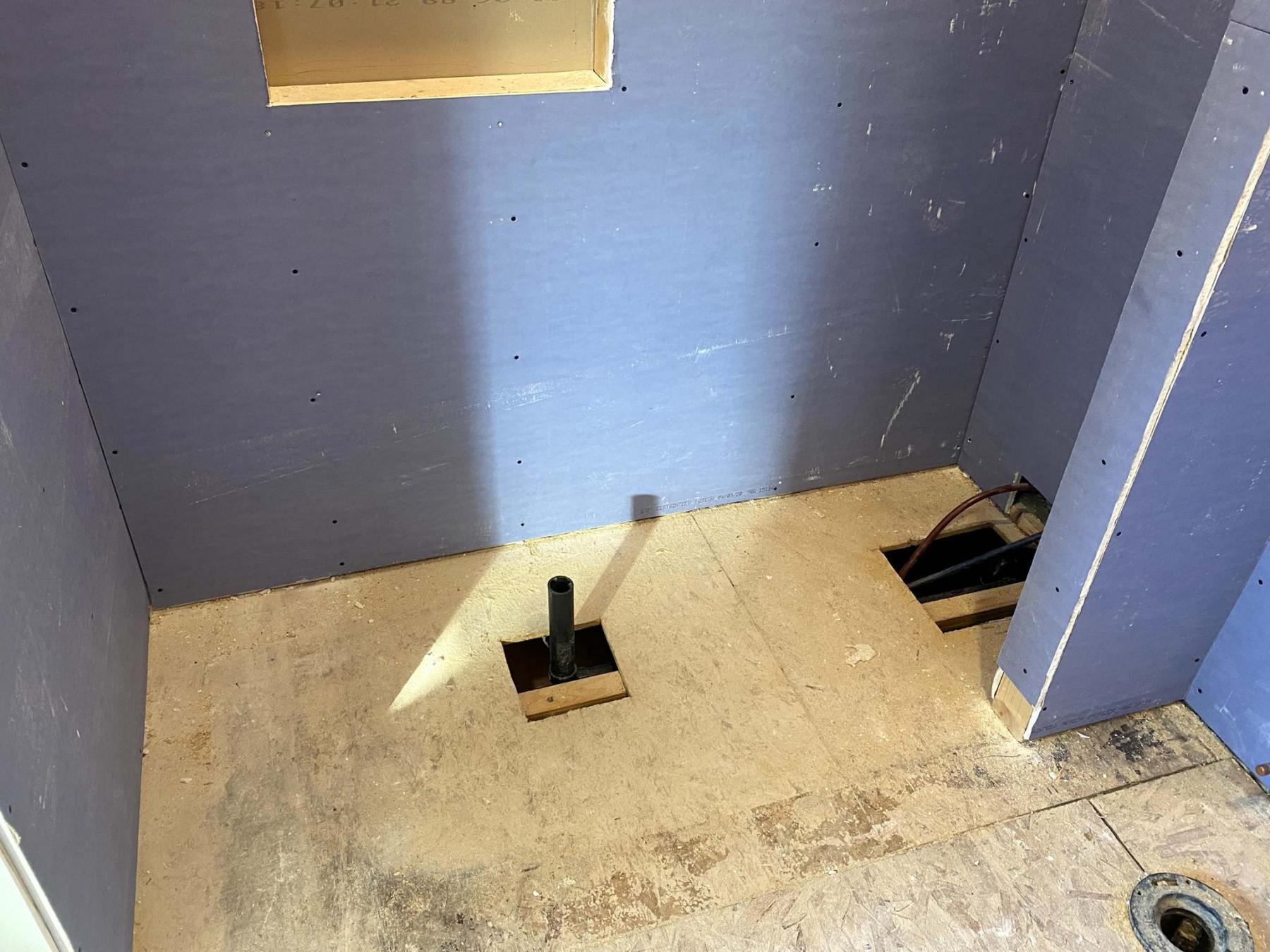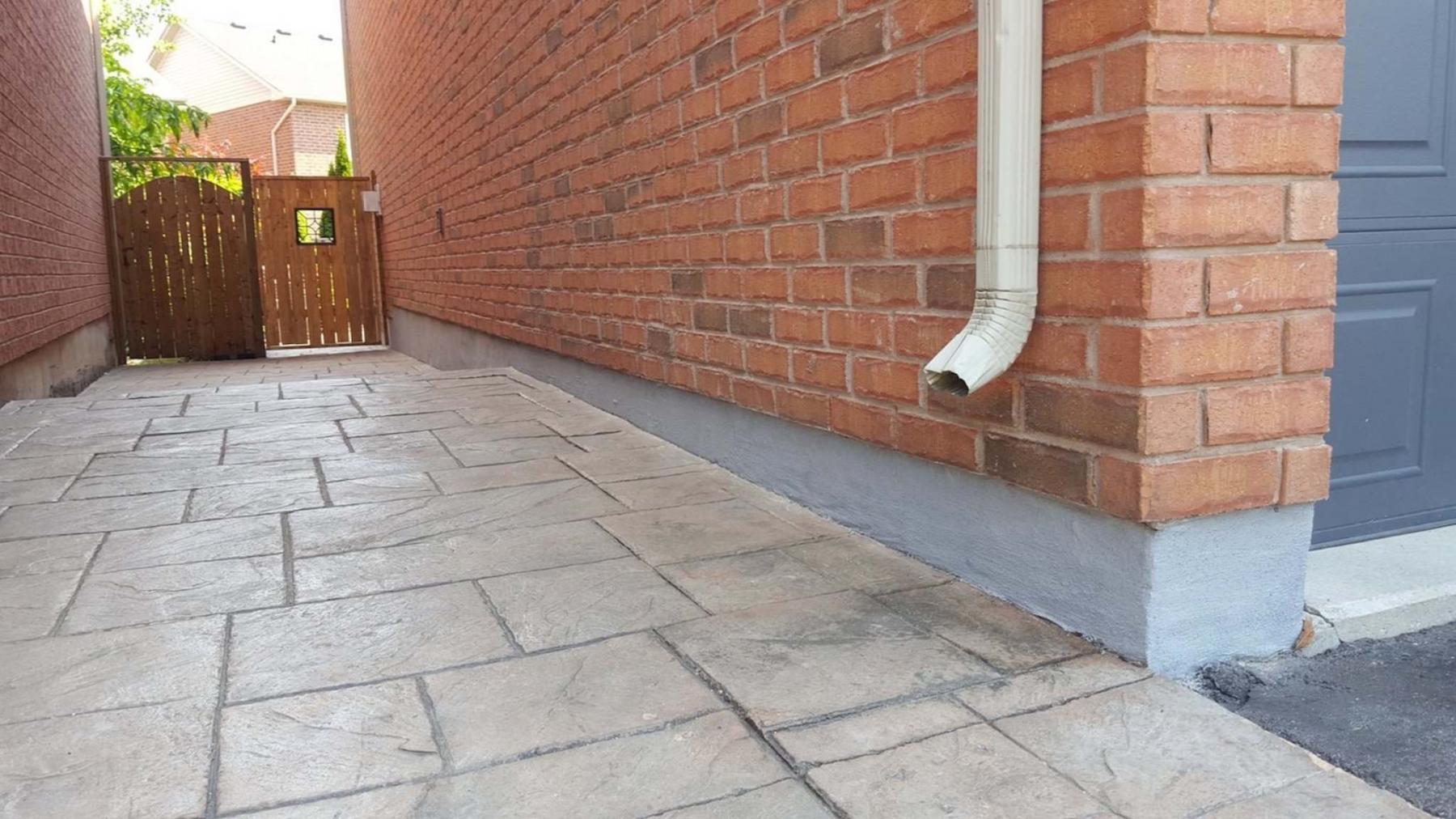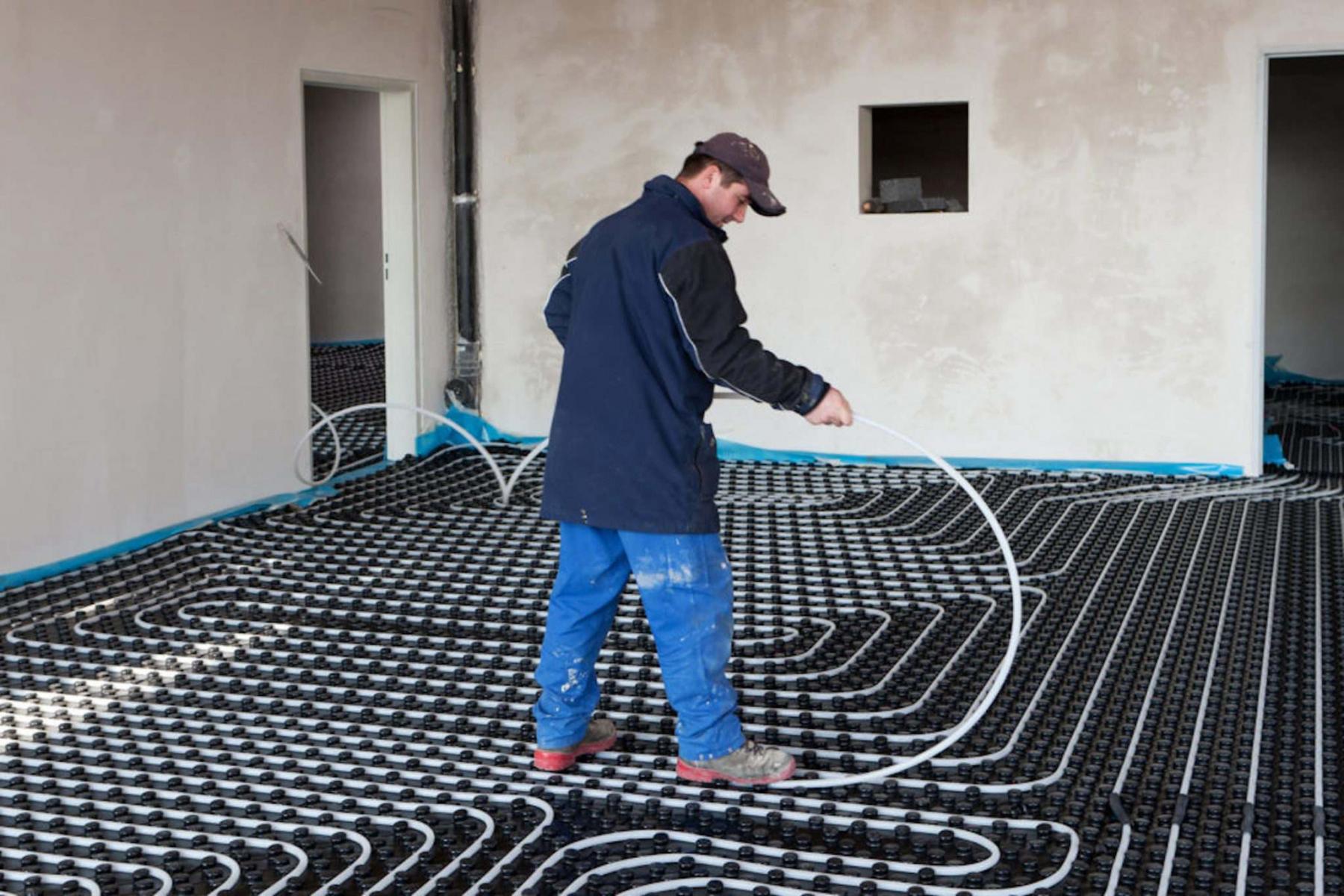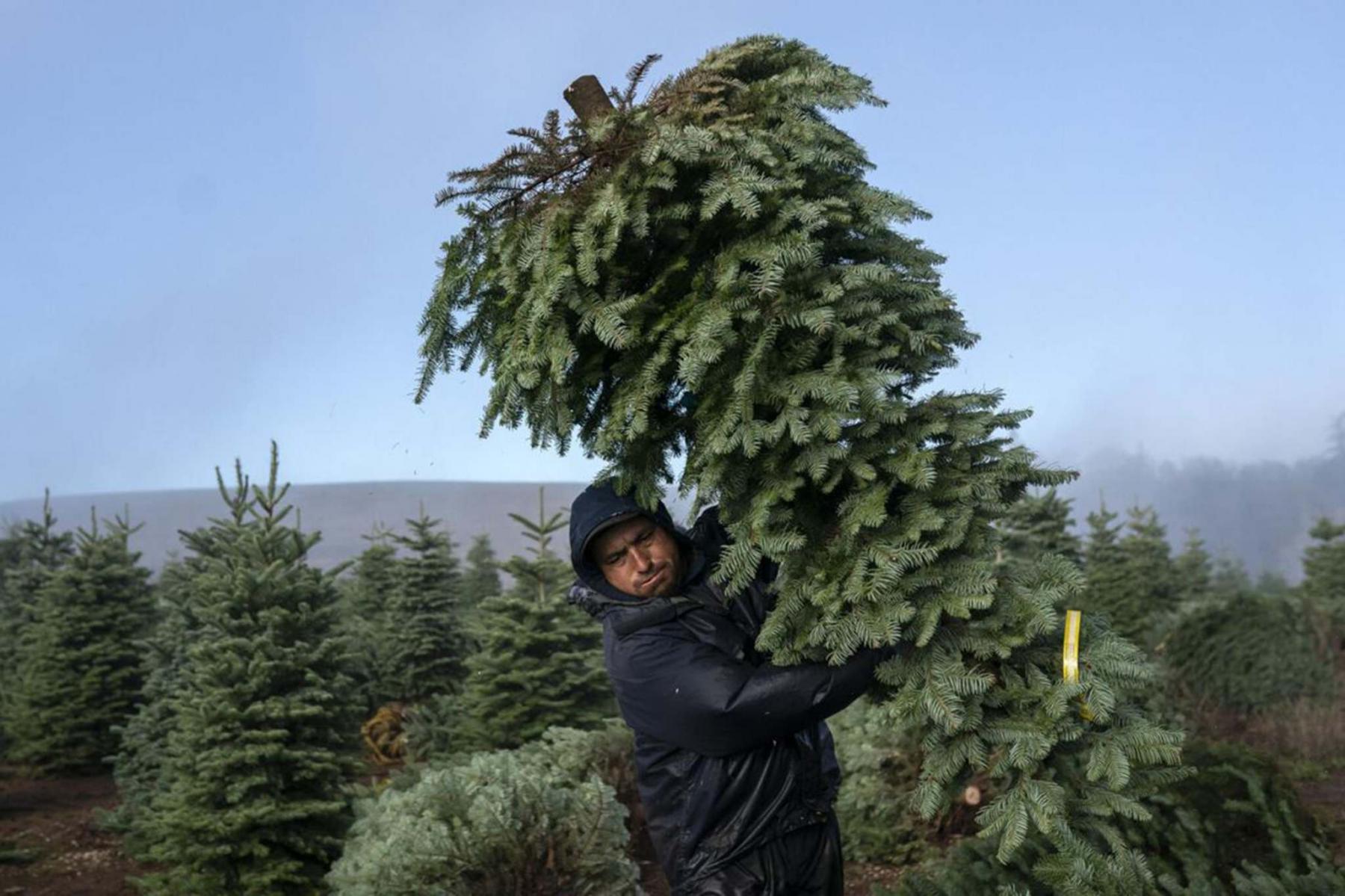Renovation & Design
Renovation & Design
Butter is the gateway to great garlic bread
Question: Can you please provide me with a recipe for garlic spread that I can spread on Italian bread, and bake? Sam
Answer: This recipe is so good and tastes like restaurant garlic bread. Into a bowl combine a half cup softened butter (yummier than margarine), one quarter cup grated Parmesan cheese, two cloves minced garlic, half teaspoon dried basil, half tsp. dried oregano, half tsp. dried parsley, sprinkle lightly with black pepper. Slice Italian bread in half lengthwise and spread both sides with butter mixture. Bake at 350 F until golden brown (about 12 minutes). Slice and serve.
Answer: Using the handle of a butter knife, tap the edge of the lid several times firmly around the outside of the lid. Or run the lid under hot water, while wearing rubber gloves, grab the lid and turn. Or push the tip of a spoon under the lip of the lid push the spoon down. When you hear a pop the seal is broken, you are then able to turn the lid. Purchase a Boa Constrictor Strap Wrench from a home hardware store, it makes the job simple.
Question: Is it important to wash a brand-new pillow before I use it? Thanks, Ron
Answer: Pillows purchased from the store do not require washing before use. For general pillow maintenance, wash them at least twice a year, as dirty pillows collect dust mites and bacteria that can lead to allergies. The Good Housekeeping Institute recommends washing bedding every two weeks.
Question: Hey, I was given several bags of unopened potato chips, but I don’t like potato chips and was wondering if I can freeze them? Shereen
Answer: Yes, unopened potato chips last up to a year in the freezer.
Question: I was gifted a beautiful poinsettia. Can you please tell me how to properly care for it? Thanks, Rajan
Answer: Properly caring for your poinsettia will maintain the life of the plant for two or three months and beyond. Set the plant in a well-lit area. Place the plant in the sink when the pot feels light and water about once a week. Allow the pot to properly drain before putting it back in place.
Why didn’t I think of that?
• An easy trick to juice a lemon is to roll the lemon on the counter to loosen it. Use a sharp knife or a metal skewer to poke a hole in the end of the lemon. Squeeze the juice through the hole. Store the lemon in a sealed container. — Henry
• When my wet clothes are wrinkled, I drop a few ice cubes into my dryer. The wrinkles quickly disappear. — Olga
• If you are having difficulty threading a needle, spritz the end of the thread with hairspray. Wait a few seconds and guide the stiffened thread through the needle. — Olga
• My best jewelry cleaner is made by combining one-part Mr. Clean Multi-Purpose Cleaner with three parts water. Let jewelry soak for 15 minsutes and then brush with an ultra-soft toothbrush. — Andre
• My favorite snack discovery for 2020 is to combine microwave popcorn with a handful of M & M’s. — Kelsey
Note: Every user assumes all risks of injury or damage resulting from the implementation of any suggestions in this column. Test all products on an inconspicuous area first.
Have a great suggestion or tip? Please send an email at: info@reena.ca. Reena Nerbas is a popular motivational presenter for large and small groups; check out her website: reena.ca.










